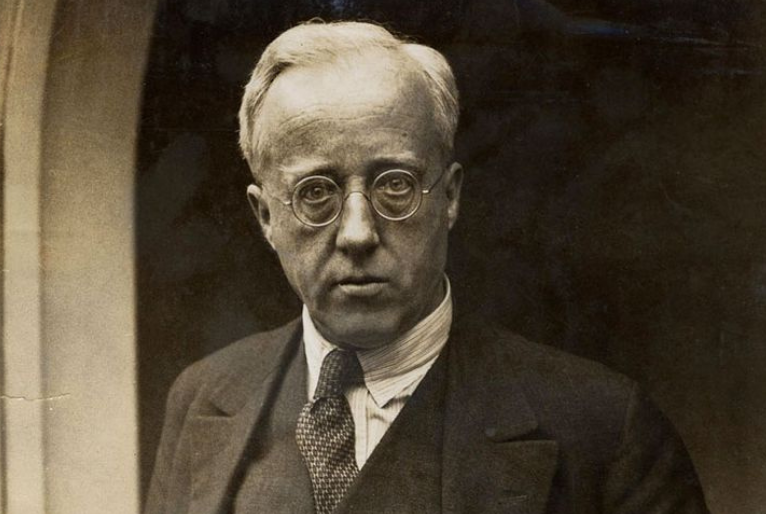Introduction:
Gustav Holst, an eminent English composer of the early 20th century, left an indelible mark on the world of classical music. Renowned for his innovative orchestration, intricate harmonies, and profound musical concepts, Holst’s compositions continue to captivate audiences to this day. Join us on a journey through the symphonic wonders of this musical genius as we explore his 10 best compositions.
- “The Planets” Suite: Undoubtedly Holst’s most famous work, “The Planets” takes listeners on an otherworldly voyage through the solar system. Each movement, named after a planet, reflects its astrological character, from the majestic power of “Mars, the Bringer of War,” to the ethereal beauty of “Venus, the Bringer of Peace.” This iconic suite showcases Holst’s mastery of orchestration and thematic development.
- “Egdon Heath”: Inspired by Thomas Hardy’s novel “The Return of the Native,” “Egdon Heath” is a tone poem that transports listeners to the desolate landscapes of rural England. Holst’s atmospheric orchestration captures the eerie solitude and melancholic beauty of the heath, making it one of his most evocative compositions.
- “Hymn of Jesus”: A fusion of ancient religious texts, mysticism, and Holst’s unique musical language, “Hymn of Jesus” is a powerful choral work. Its striking harmonies, intricate counterpoint, and dramatic use of dynamics create an awe-inspiring sonic experience, as the music portrays the divine journey of Christ.
- “St. Paul’s Suite”: Originally written for the students of St. Paul’s Girls’ School, this delightful suite embodies the essence of English folk music. Through its lively dance movements and charming melodies, Holst captures the spirit of joy and innocence, showcasing his ability to infuse classical forms with traditional influences.
- “Invocation for Cello and Orchestra”: A hidden gem in Holst’s repertoire, “Invocation” is an intimate and introspective work for cello and orchestra. With its lush melodies and deeply emotive passages, this composition reveals a more personal and introspective side of the composer.
- “A Somerset Rhapsody”: Drawing inspiration from the picturesque landscapes of the English countryside, “A Somerset Rhapsody” is a pastoral orchestral piece brimming with idyllic melodies and vibrant folk tunes. Holst’s ability to evoke a sense of time and place makes this composition a true delight for the senses.
- “The Perfect Fool”: Composed for a ballet, “The Perfect Fool” showcases Holst’s theatrical flair and whimsical imagination. With its lively rhythms, colorful orchestration, and fantastical narrative, this work highlights the composer’s ability to create vivid musical storytelling.
- “Brook Green Suite”: A testament to Holst’s versatility, the “Brook Green Suite” demonstrates his skill in composing for younger musicians. This charming suite, comprised of three delightful movements, is characterized by its light-hearted melodies and graceful orchestration.
- “Fugal Overture”: The “Fugal Overture” is a shining example of Holst’s contrapuntal expertise. With its intricate fugue and vibrant orchestration, this work showcases the composer’s command over complex compositional techniques, while still maintaining an accessible and engaging musical experience.
- “Beni Mora”: Intrigued by the exotic sounds of North Africa, Holst composed “Beni Mora,” a suite that captures the vibrant rhythms and melodies of the region. Through its evocative orchestration and colorful harmonies, this composition transports listeners to a world of Eastern mystique.
Conclusion:
Gustav Holst’s compositions represent a unique fusion of musical innovation, emotional depth, and cultural exploration. From the celestial realms of “The Planets” to the rustic charm of “A Somerset Rhapsody,” his music continues to inspire and enthrall audiences. Dive into the enchanting world of Holst’s 10 best compositions, and let his genius ignite your imagination and touch your soul.


Comments are closed